Airborne Detective Brand Birkier
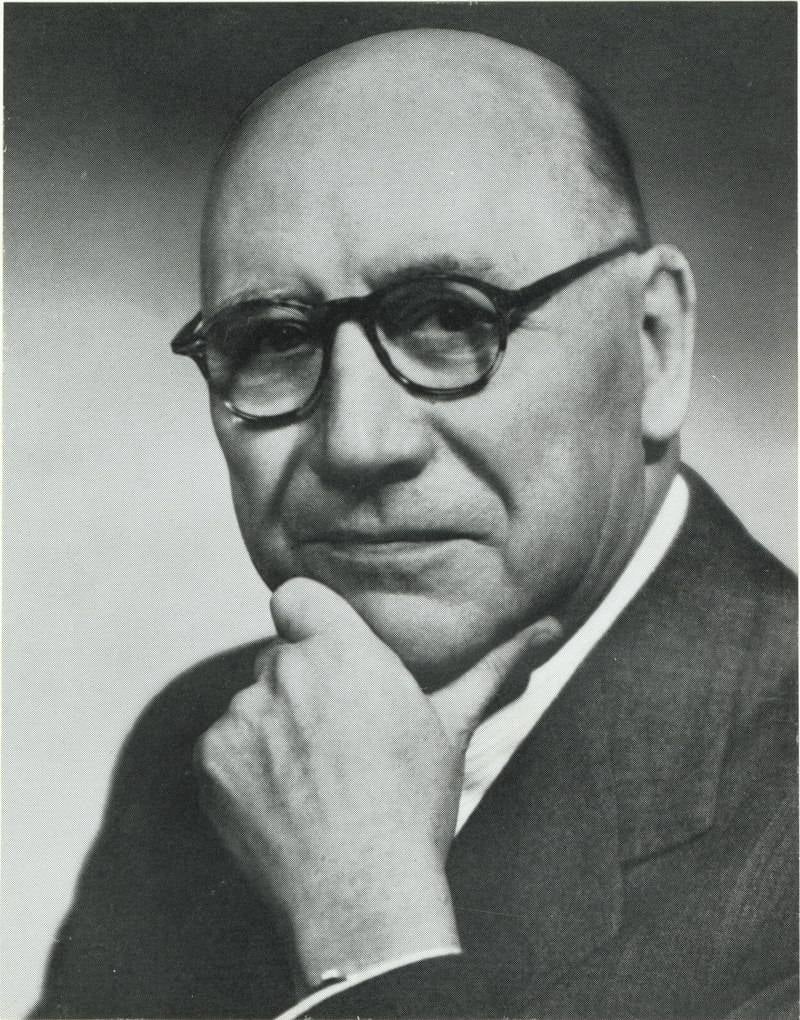
In my articles on artillery, I somehow allowed myself the idea that in every gun you can open a detective story. There will be one more bondian, with all the essential attributes.
But let's start with the main character.
Mark, originally Birkigt. He was born in Switzerland, studied there, served, and when it came time to get involved in business, things didn’t happen for Birkigt in his native country. And he went to Gaster to Spain. Well, there was simply nothing closer at the beginning of the 20 century.
In Spain, Birkgit was engaged in frank trifles such as designing cars and in passing came up with a driveshaft as a way to transfer torque from the engine to the wheels. Before him, Daimler and Benz used a chain drive in Mercedes.
And in 1904, the company La Hispano-Suiza Fabrica de Automoviles SA was founded in Barcelona, which means the Spanish-Spanish car factory, where Mark Birkigt served as CEO and Chief Designer.
And there is no whole life to be engaged in cars, to become known as the same Daimler, Benz, Porsche, Citroen ... Birkgta suffered further. Forward and upward.
Everything was so strange, but in 1914 he began to study aviation engines. Moreover, Birkigt designs just a miracle miraculous - a 8-horsepower water-cooled Hispano-Suiza V140 eight-cylinder aircraft engine.
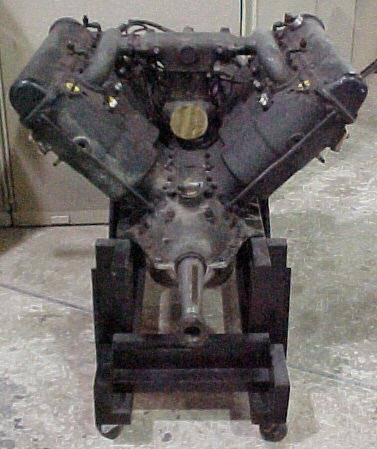
What can compare this motor? Well, something like a Colt 1911 pistol of the year, a Mosin rifle, a Maxim machine gun. Classic for ages.
Just think of the numbers: the Birgtta company in World War I released more than 50 000 of these engines. The entire Entente flew on the engine, the HS-V8 was released under license in France, Great Britain, USA, Italy, Russia and Japan.
It was after the war that the figure of a flying stork appeared on Birkyta’s cars - part-time the emblem of the famous French fighter squadron "Cigogne" (Stork).
Agree, the engines would be rubbish - the pilots would hardly be so generous.
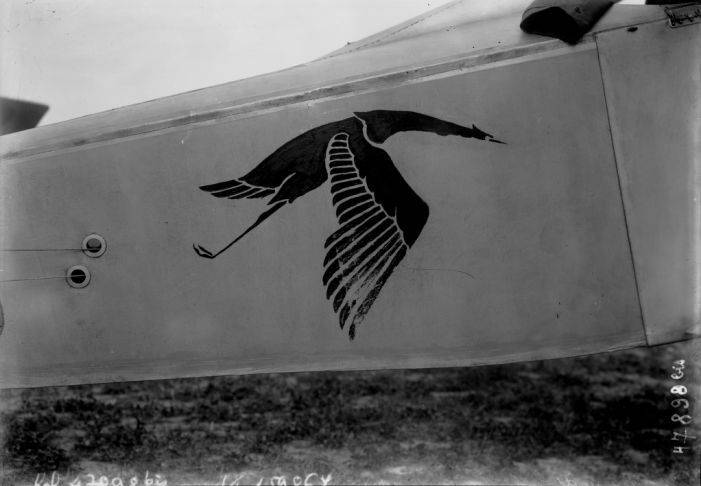
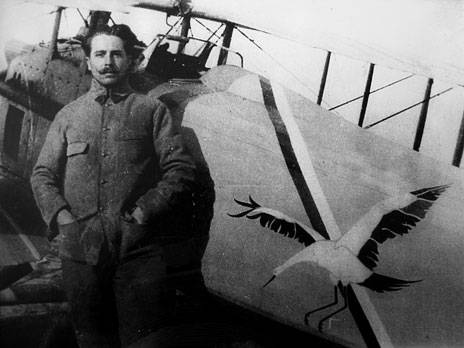
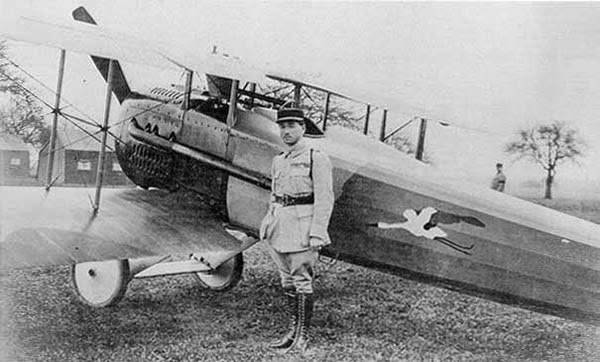
And then there were two more masterpieces. In the middle of the 30-ies, the Hispano-Suiza launched the twelve-cylinder HS-12Y aircraft engine, which had a Hispano-Suiza HS.404 automatic cannon in the collapse of the cylinders.
The gun Hispano-Suiza Moteur Cannon fired, as is clear from the photo, not through the propeller blades, but through the hollow shaft, on which, in fact, the screw was attached. This solution has simplified many things, eliminating the need to install synchronizers.
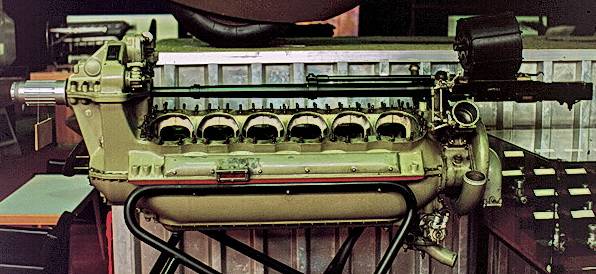
This was welcomed by many countries. Let's not go far, here is the very HS-12Y.
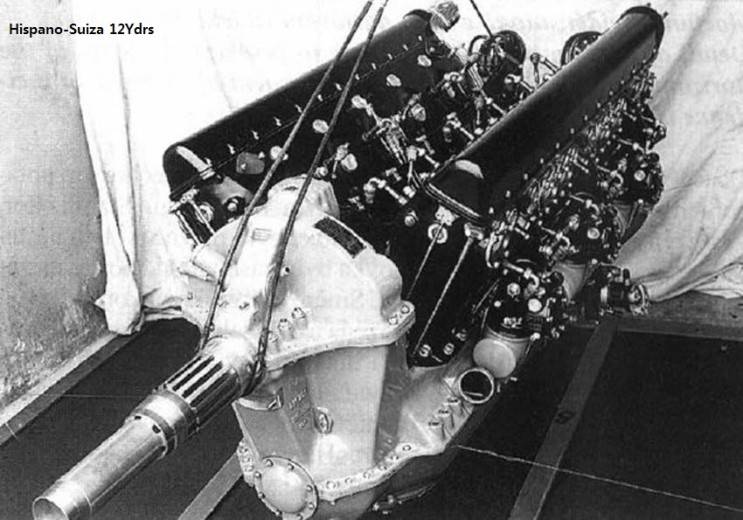
And here is our VK-105PF.
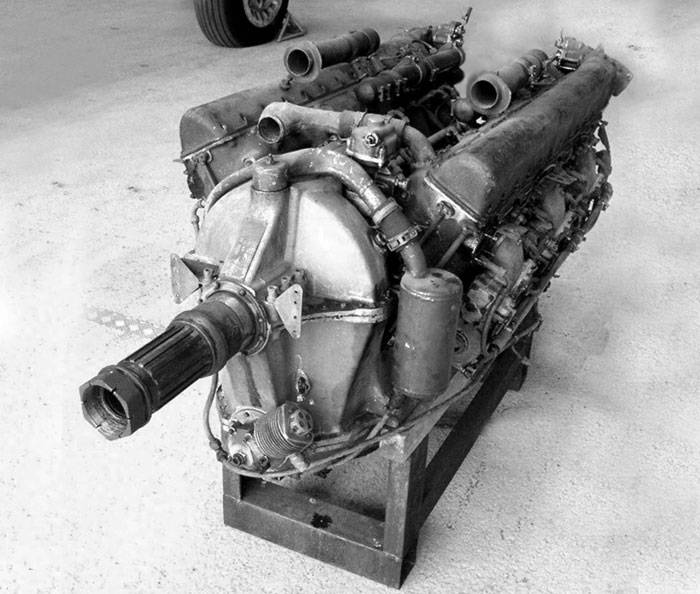
See the difference? So I did not see either. Only, instead of 404, we have ShVAK.
In short, the engine with a gun like a lot. And the money for the development of the license issue flowed not even the river into the pocket of a talented engineer.
But an unforeseen circumstance happened. In 1936, a civil war began in Spain. And not knowing how the circumstances would be, Birkigt decided to leave the hot Catalonia and moved to France.
So Birkigt became Birky in the French way. And he continued to do the same, that is, to produce aircraft engines and guns. And "Hispano-Suiza" gradually began even to crowd on the market "Oerlikon". Affinity, good business, but not in business, is not it?
But Burkier, fired by the fire of civil war, did not focus on France and began a friendship with the British, who liked the Oerlikon more than the gun of Hispano-Suiza.
Why not? Well, do not put ShVAK on the "Spitfire", right? And Birquier (let us call him that for the time being) begins work with the British. In the city of Grantham, the British Manufacture and Research Company (BMARC) was established, in fact a subsidiary of Hispano-Suiza. BMARC has been producing the Hispano-Suiza air cannon for more than 20.
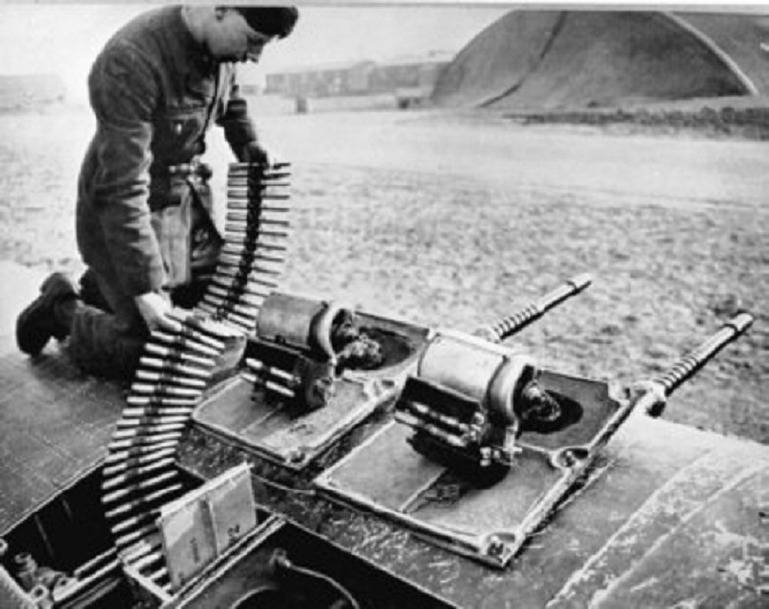
While the British were building a factory, they were setting up production and everything else, caught fire in France. Moreover, caught fire in full.
In the year 1937, enterprising gentlemen in the French government had a good idea of nationalization. Indeed, why are there some private traders doing business in the army? And, especially, not their own, but the new ones. And gentlemen began to nationalize all the enterprises that worked with the military department.
Marc Birquier and his company, Hispano-Suiza, flew all the way into this show and, quite expectedly, suffered under the full program. The company's factory in Bois Colombes was nationalized, as were all the Birkye’s prototypes and designs confiscated.
In 1938, Birkyer and Hispano-Suiza declared bankruptcy, and the next part of the show began.
Birkyt again became Birkigt, everything that could have been evacuated from France, moved to his homeland in Switzerland, where he founded the new enterprise Hispano-Suiza (Suisse) SA
In France, they rubbed their hands, anticipating profits and dividends from confiscations and nationalizations. All the development of Mark Birquier was transferred to the state arsenal of Chatellerault ("Manufacture d'Armes de Châtellerault"), where military clever men were going to complete the development on their own, introduce them into the series and launch the production of new guns.
The problems began immediately after it became clear that Birkigt was by no means a fool, and brought everything he could. And he could much, plus the main thing - his head. The French expected a complete fiasco, because it was not enough that they could not arrange a timely release weapons on contracts already concluded, so that it was released, it was impossible to get documentary support.
In Chatellerault, one gun after another was removed from the agenda. By and large, the French were able to keep up to date with only the release of HS.404. The turret version of the HS.405 and 23-mm guns HS.406 and HS.407 to the beginning of 1939, existed only in single copies. Looking ahead, it is worth saying that these guns were never mastered by the French, and only 404 remained in their arsenal.
Meanwhile, Birkigt in Switzerland gradually recovered from the blow inflicted by the French, and was setting up the release of guns at the same time in Switzerland and the UK. There were problems, but a completely different plan.
The situation was simply wonderful: in France there was a streamlined production without the slightest chance of further modernization and development, in Switzerland the revived Ispano-Suiza offered to potential customers both cannons and all the relevant documentation. Somewhat worse was the production.
In general, many countries that bought a license for the production of HS.404 were put in a rather ugly situation, because, for example, in the case of the USA, the purchased license implied signing a contract with the French side, which was not able to provide technical support for the products being sold.
It can even be called a revenge on the part of Birkje, but - nothing personal, right?
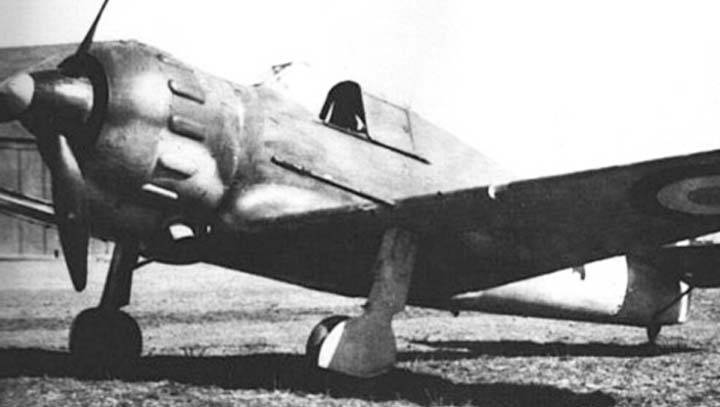
And then the Second World War began, and France was not as such. The war naturally divided Switzerland and Great Britain, trapped in different camps.
But the British had problems with the 404 produced. Big problems. But the guns needed more and more, and the BMARC plant seemed to be coping with the volumes, but the quality of the guns was (according to the British) unacceptable.
The British military even went on an unprecedented step - agreed to supply the US under the lend-lease licensed HS.404. And after the first set party, the British realized that their guns were quite normal for themselves.
In the USA, they didn’t cry much, and, promptly returning the party, they installed them on the Air Cobras and shuffled to the Soviet Union. Those were the worst cannons from Oldsmobil, about which quite a lot was written and not a word was good.
And the British went with the shaft cannon "Hurricane" (well, it was necessary to somehow make this coffin competitive) and "Spitfire". There was a battle for Britain, and the guns were very much in demand.
And here the gentlemen from the British intelligence intervened. Swiss residents came to Mark Birkigt and tried to explain that British gentlemen and sirs are asking to help them with guns. In Britain, the right to private and intellectual property is respected, not only in France, but nevertheless, they can also be understood.
Birkigt understood. Therefore, without much thought, he agreed to help. It is unlikely that "Hispano-Suiza" and he himself would safely have suffered another confiscation of the plant.
In general, Birkigt agreed to a business trip to Britain. But there was a small problem. This is the intelligence of Germany, which also knew how to work, and would easily have buried Birkigt, learn about his plans.
Something that the Germans knew how.
Birkigt's journey from Switzerland to Portugal took 3 by air for a day. Yes, a bit too much, but there was a war in Europe, so even the neutrals had a hard time. With the help of the Swedish airline BOAC Birkigt flew from Switzerland through Austria and France to Portugal.
And in Portugal, more precisely, not far from the Portuguese coast, an English submarine waited for Birkigt.
And the only way he managed to get into the UK. But what can you not do for the sake of business ...
The result of the trip was the HS.404 cannon, brought to mind, which is also Hispano Mark II, which became if not the best gun of that war, then the most massive one. And then more than 20 years stood in service with the UK as an aviation and anti-aircraft gun.
Unfortunately, there is absolutely no indication of how and when Birkigt returned.
The Second World War buried the automotive business of Birkigt, and he completely switched to aviation.
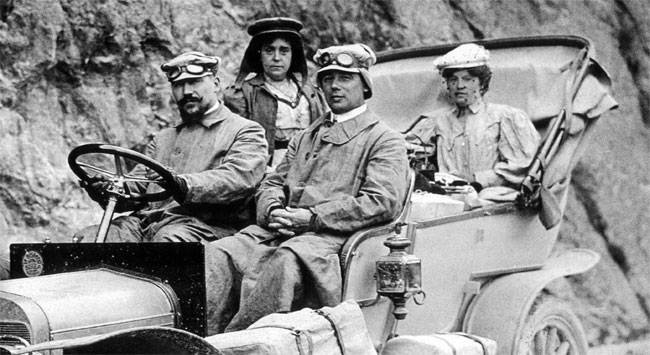
And the brand "Hispano Suiza" exists today. True, in a very piquant form. As purchased by the Swiss company Oerlikon, which, in turn, is part of the concern Rheinmetall Borsig.
In general, one can only wonder how yesterday's enemies can become allies, and friends and allies can quite well rob you.
Apparently, Mark Birkigt had such karma. That, however, did not prevent him from making history as one of the representatives of engineering geniuses.
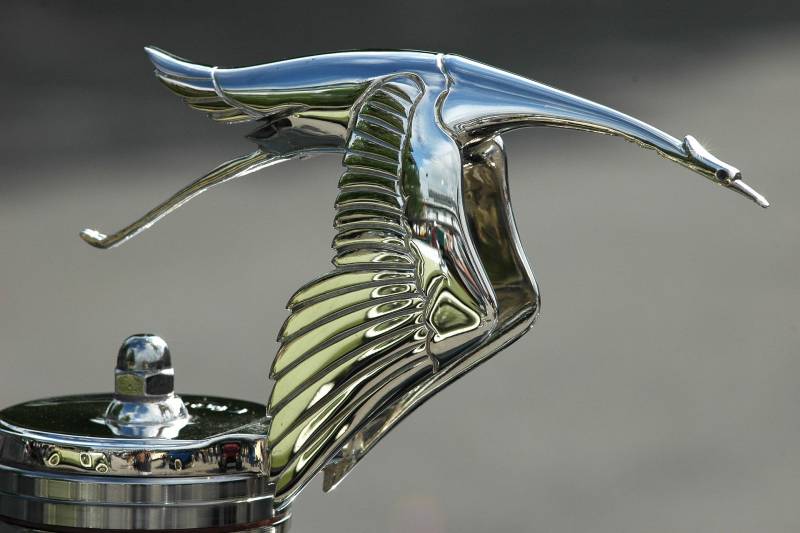
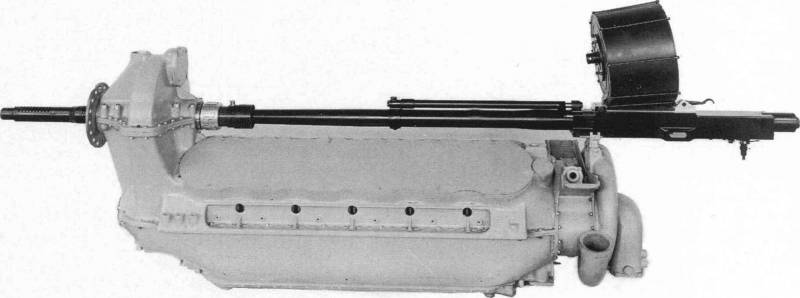
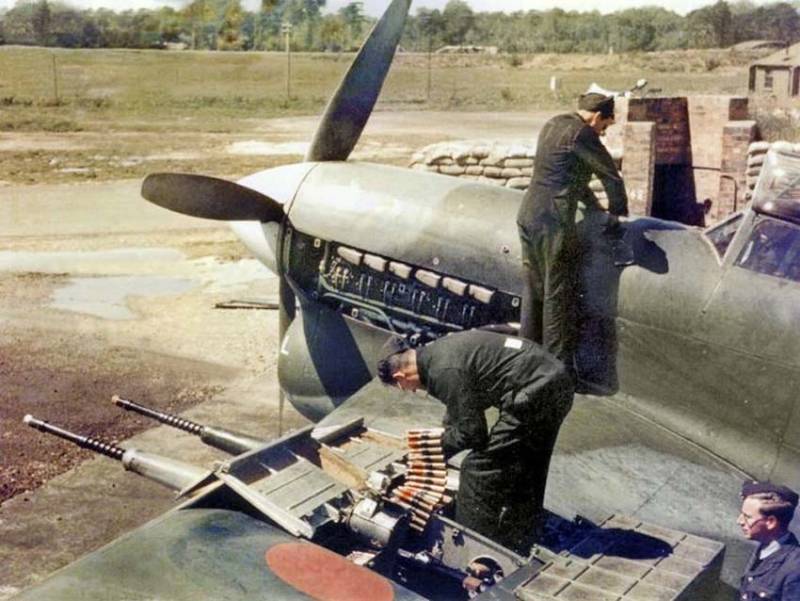
Information